How Hannibal conquered Italy across the Alps on elephants
In the annals of military history, there are a few names that shine brightly like that of Hannibal Barka, the Carthaginian general who dared to do the impossible. In 218 BC, at the outbreak of the Second Punic War, Hannibal embarked on a daring and daring campaign against the Roman Republic. His plan was not just to involve the Romans in battle, but to do so on their own soil, striking at the heart of their empire.
Show key points
- Hannibal Barka's audacious plan to invade Rome by crossing the Alps marked a turning point in ancient military strategy and shocked the Roman Republic.
- His deep understanding of both his enemy's strengths and vulnerabilities enabled Hannibal to exploit Roman expectations and terrain to his advantage.
- The decision to transport an entire army, including war elephants, across the treacherous Alpine terrain was a bold and unprecedented logistical achievement.
- ADVERTISEMENT
- Despite immense hardships such as harsh weather, rugged trails, and hostile tribes, Hannibal successfully led the majority of his forces into northern Italy.
- The psychological impact of Hannibal’s Alpine crossing and early victories, especially the Battle of Cannae, deeply demoralized the Romans and altered their military tactics.
- Though he never captured Rome, Hannibal’s invasion catalyzed major political and military reforms in the Republic, eventually contributing to the rise of Roman imperial power.
- Carthage, however, suffered irreparable losses following the prolonged conflict, and Hannibal’s campaign, while legendary, ultimately ended in failure for his homeland.
Introduction
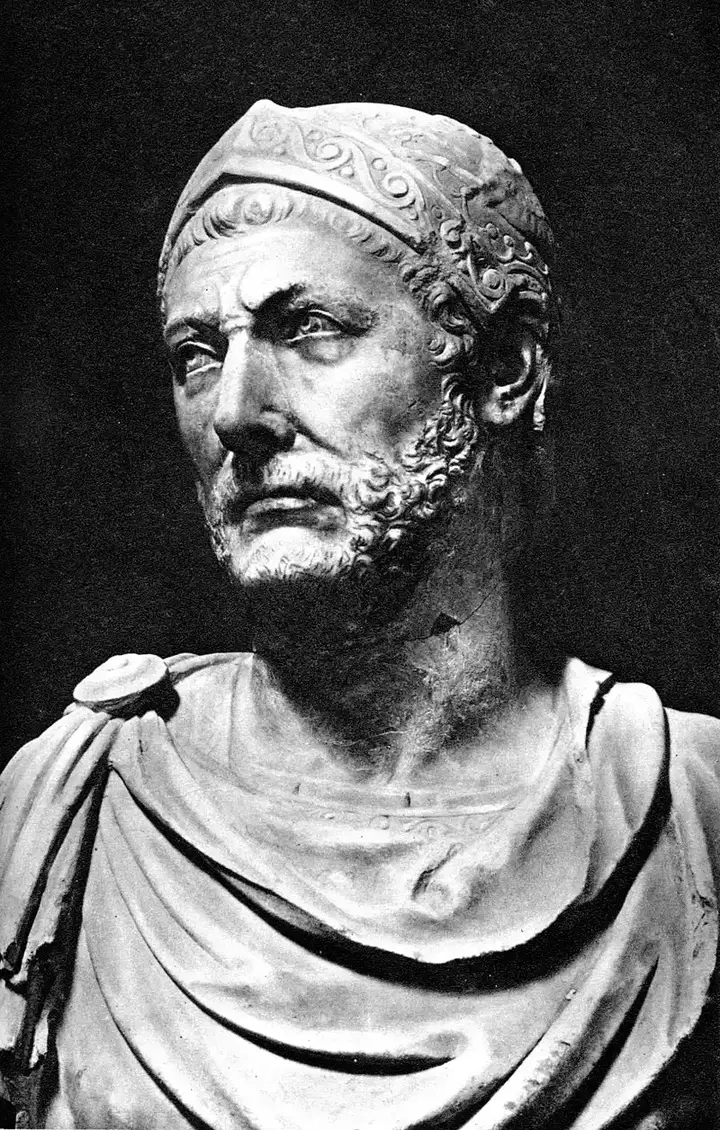
In the annals of military history, there are a few names that shine brightly like that of Hannibal Barka, the Carthaginian general who dared to do the impossible. In 218 BC, at the outbreak of the Second Punic War, Hannibal embarked on a daring and daring campaign against the Roman Republic. His plan was not just to involve the Romans in battle, but to do so on their own soil, striking at the heart of their empire.
Recommend
This was a bold strategy, and it was made even more remarkable by the fact that Hannibal chose to invade Italy by crossing the Alps, one of the largest natural barriers in the world. This was an unprecedented step. Never before has such a large army attempted to cross such towering mountains, especially with a squad of war elephants.
Hannibal's bold plan was not only about achieving a tactical surprise, but also about showing how far he and his Carthaginian forces were willing to go to challenge Rome's dominance. It was a powerful declaration of intent, a declaration of war that will reverberate through the ages.
In this article, we delve into this fascinating journey and explore how Hannibal led an army of 70,000 men, 20,000 horses, and 37 war elephants across the Alps to the Italian peninsula. We will examine Hannibal's strategic genius, the challenges he and his army faced during their perilous journey, and the lasting impact of this daring invasion.
This is the story of a military campaign that has dazzled historians for more than two thousand years, a story of courage, resilience and strategic brilliance still taught in military academies around the world. This is the story of Hannibal's bold crossing of the Alps.
Hannibal's Strategic Genius
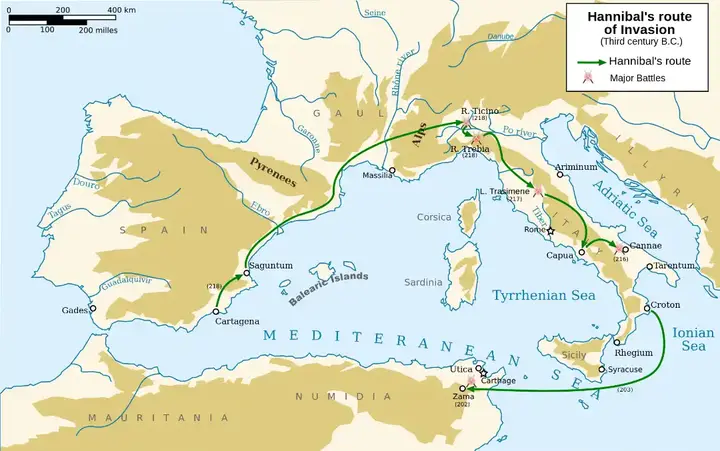
Hannibal Barca is widely regarded as one of history's greatest military strategists, and his daring crossing of the Alps to Italy is a testament to his strategic acumen.
One of Hannibal's greatest strengths was his deep understanding of his enemy. He knew that the Romans were strong opponents on the battlefield, with superior numbers and resources. However, they also understood their weaknesses. He knew that the Romans were less experienced in fighting in difficult terrains such as the Alps, and that they did not expect an attack from this direction.
By choosing to conquer Italy through the Alps, Hannibal was able to use the element of surprise to his advantage. The Romans expected him to take the clear route along the Mediterranean coast. Instead, he chose a path that was considered impossible for a large army to traverse, especially with elephants. This unexpected move surprised the Romans, giving Hannibal an early advantage in the war.
Hannibal was adept at using the terrain to his advantage. While crossing the Alps, he used narrow mountain passes to protect his wings and rear from attacks. He also used the high ground to his advantage during battles, positioning his troops in such a way that they had the upper hand against the Romans.
Hannibal was known for his innovative tactics on the battlefield. One of his most famous tactics was double encirclement at the Battle of Cannae, where he managed to surround and destroy a much larger Roman army. This tactic is still taught in military academies to this day.
Hannibal also understood the importance of psychological warfare. By daring to cross the Alps, he sent a clear message to the Romans: that he was willing to do whatever it took to defeat them. This bold move demoralized the Romans and lifted the morale of his troops.
Hannibal's strategic genius lies in his ability to understand his enemy, use the element of surprise, exploit the terrain, use innovative tactics, and wage psychological warfare. His daring crossing of the Alps is a testament to these skills, and one of the reasons why he is still considered one of the greatest military strategists in history.
Journey through the Alps
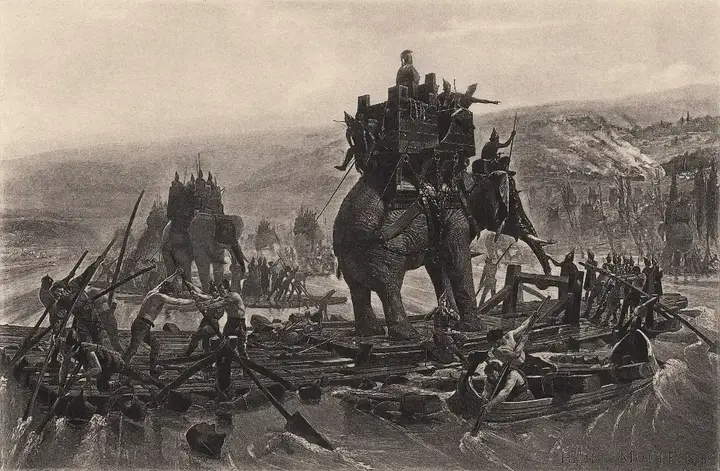
Hannibal's journey through the Alps is one of the most legendary events in military history. It was a feat of endurance, determination and strategic intelligence that had been studied and admired for more than two thousand years.
Before embarking on the journey, Hannibal spent the winter of 218–217 BC in modern Spain, gathering supplies and preparing his troops for the next arduous journey. He knew that the journey through the Alps would be risky, and he took every precaution to ensure the success of his bold plan.
The precise route Hannibal took through the Alps is the subject of historical debate. Some historians believe that he captured the Colle de la Traverset, a narrow passage along the border between contemporary France and Italy. Others suggest that he may have taken a route more south, crossing the Alps via the Col de Montgenèvre. Despite the uncertainty, what is clear is that Hannibal was able to lead his army through some of the world's most challenging terrain.
The journey was fraught with difficulties. Rugged terrain, harsh weather and hostile local tribes posed significant challenges. The Carthaginian army had to face blizzards, landslides and treacherous mountain trails. Sometimes, they had to make their own way through the mountainside.
Despite these challenges, Hannibal's leadership and the discipline of his forces ensured that the majority of his army left the Alps intact. It is estimated that of the 70,000 soldiers who began the journey, about 50,000 survived to fight in Italy.
The elephants that Hannibal brought with him were not only for the parade. They played a decisive role in the journey through the Alps. The sight of these majestic beasts, marching through snow and ice, must have been spectacular, boosting the morale of the troops. Moreover, elephants were used to pave the tracks and carry supplies, making them an invaluable asset during the journey. After 16 grueling days, Hannibal and his army emerged from the Alps and descended into the plains of northern Italy. The arrival of this enormous Carthaginian force in Roman territory led to a shock throughout the Roman Republic. The stage has been set for one of the most dramatic confrontations in ancient history. Hannibal's journey through the Alps was an exceptional achievement in terms of military logistics and command. Despite enormous challenges, Hannibal managed to lead his army through the Alps to Italy, forever etching his name in the annals of military history.
The impact of Hannibal's invasion
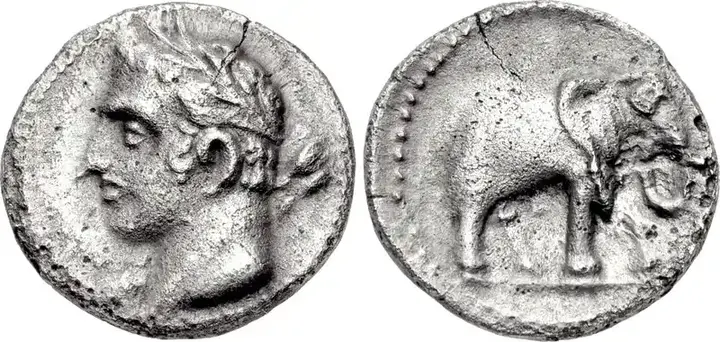
Hannibal's conquest of Italy had far-reaching consequences, not only for Rome and Carthage, but for the entire course of Western history.
Immediate impact on Rome
The direct impact of Hannibal's conquest of Rome was profound. The Roman Republic was taken by surprise, and Hannibal's initial victories caused a great deal of panic and fear among the Romans. The Battle of Cannai, in particular, was a devastating defeat for Rome, with between 50,000 and 70,000 Roman soldiers killed.
However, the shock of Hannibal's invasion and subsequent defeats also motivated the Romans. They rallied under generals such as Fabius Maximus and Scipio Africanos, who adopted new strategies to counter Hannibal's tactics. This period saw important developments in Roman military strategy and tactics, many of which were used to achieve significant influence in subsequent conflicts.
Long-term impact on Rome
In the long run, Hannibal's conquest had a transformative effect on Rome. The need to defend against Hannibal and eventually defeat him led to major changes in Roman society and politics. The war effort centralized military and political power, paving the way for the transition from the Roman Republic to the Roman Empire. Moreover, the Second Punic War, of which Hannibal's invasion was a part, marked the beginning of Rome's rise as the dominant power in the Mediterranean. The defeat of Carthage paved the way for Rome's expansion into regions such as Greece, Egypt, and the Near East.
Impact on Carthage
For Carthage, the impact of Hannibal's invasion was ultimately catastrophic. Despite Hannibal's early successes, he was never able to achieve his ultimate goal of capturing Rome and ending the Roman aggression on Carthage. After 15 years of war, Hannibal was summoned to Carthage and defeated at the Battle of Zama.
The Second Punic War resulted in heavy losses for Carthage and marked the beginning of the end of the Carthaginian Empire. Carthage was severely weakened and eventually destroyed by Rome in the Third Punic War.
Conclusion
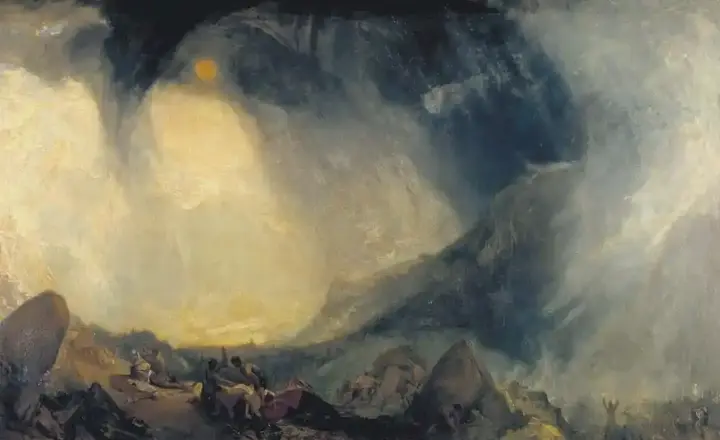
In conclusion, Hannibal's daring conquest of Italy had a profound impact on the history of Rome and Carthage. This led to major changes in Romanian military strategy, society and politics, and marked the beginning of Rome's rise as a Mediterranean superpower. For Carthage, this was a daring gamble but ultimately failed, leading to the decline and eventual destruction of the empire. Despite the result, Hannibal's daring invasion remains one of the most prominent military campaigns in history.








